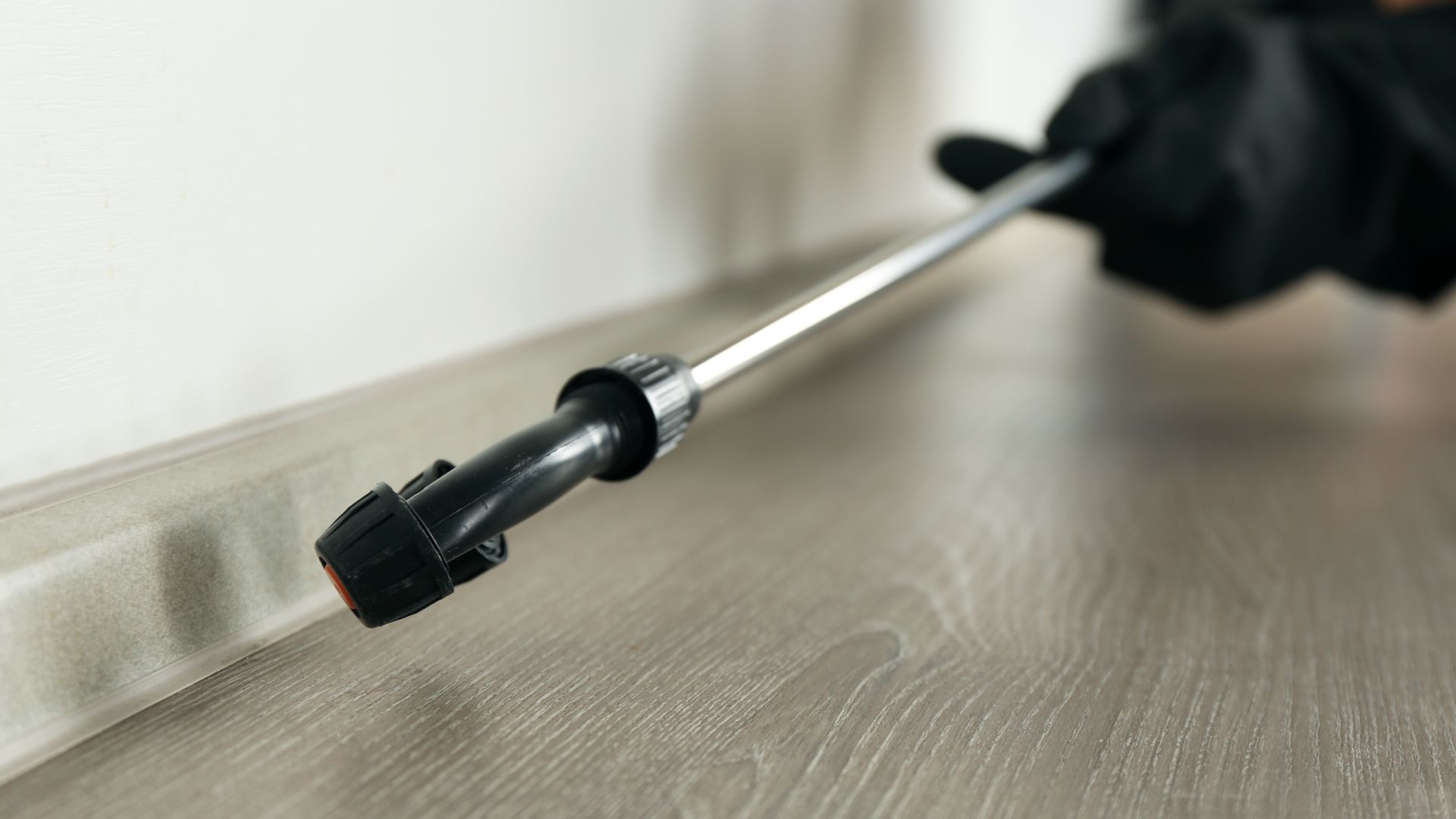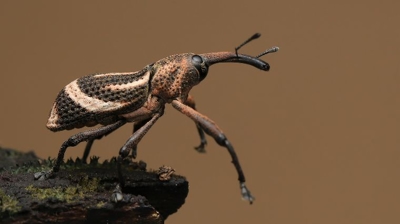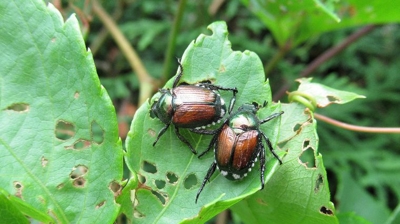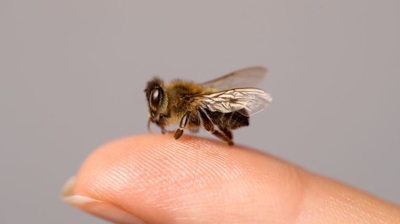
Funnel Web Spiders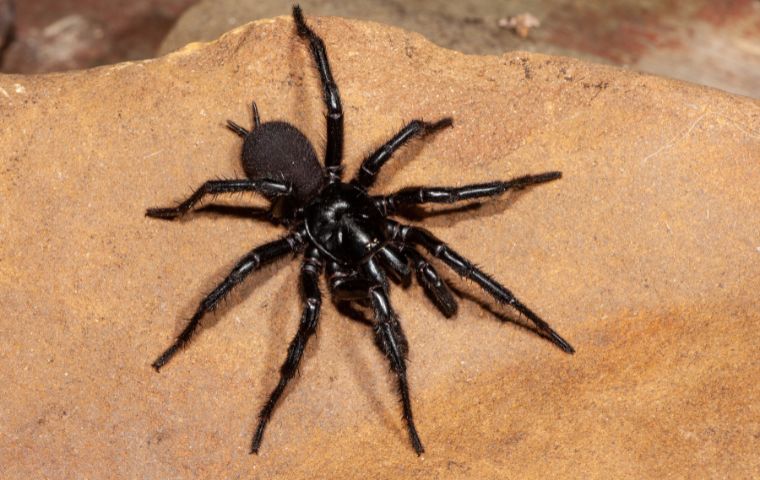
What Are Funnel Web Spiders?
Funnel web spiders are a group of highly venomous spiders belonging to the family Hexathelidae. They are primarily found in Australia and some parts of New Guinea. Here is a more comprehensive overview of funnel web spiders:
Are Funnel Web Spiders Harmful?
Funnel-web spiders, particularly the Sydney funnel-web spider (Atrax robustus), are considered harmful in several ways, primarily due to their highly potent venom and their potential for human encounters. Below are the main ways they can pose a threat:
- Highly Venomous Bites: The venom of some funnel-web species, especially Atrax robustus, contains a neurotoxin called delta-atracotoxin, which affects the nervous system and can be fatal to humans if untreated. A bite can cause severe symptoms within minutes, including muscle spasms, breathing difficulties, and convulsions. Before the development of an antivenom in 1981, there were several recorded deaths from Sydney funnel-web spider bites. Even today, a bite requires immediate medical attention.
- Aggressive Defensive Behavior: Unlike many spiders that prefer to flee, funnel-web spiders will stand their ground and adopt a defensive posture, raising their front legs and exposing their fangs. They can bite multiple times in quick succession, delivering a large amount of venom. Males, which wander in search of mates, are more likely to come into contact with humans and are also more venomous than females.
- Human Encounters & Urban Presence: Funnel-web spiders often enter homes, garages, and swimming pools, especially during hot or wet weather when males are actively searching for mates. They may hide in shoes, clothing, or garden debris, increasing the risk of accidental bites. Their dark, moist habitat preferences make them common in suburban gardens, woodpiles, and under houses.
- Dangerous to Pets & Wildlife: Their venom can also affect domestic animals, such as dogs and cats, though they are typically less susceptible than humans. Some small mammals, reptiles, and birds can also fall victim to funnel-web spider bites.
- Psychological Impact (Arachnophobia): The presence of these spiders can cause significant fear and anxiety, especially in regions where they are common. People with arachnophobia may experience heightened distress if they encounter funnel-web spiders in or around their homes.
While funnel-web spiders play a vital role in the ecosystem by controlling insect populations, their potent venom and tendency to wander into human dwellings make them one of the most feared spiders in Australia.
Funnel Web Spider Appearance
Funnel web spiders are known for their distinctive appearance, characterized by several key physical features. Here's a more detailed description of what funnel web spiders typically look like:
- Size: Funnel web spiders are relatively large arachnids. They can have a body length ranging from 1 to 5 centimeters (0.4 to 2 inches), depending on the species. Some of the larger species, like the Sydney funnel web spider, can be particularly robust and intimidating in size.
- Coloration: Funnel web spiders often exhibit dark coloration, typically ranging from glossy black to brownish-black. The coloration serves as effective camouflage in their natural habitats.
- Body Shape: They have a robust and stocky body shape. Their cephalothorax (the front part of the body) is large and slightly flattened, while the abdomen is relatively bulbous.
- Legs: Funnel web spiders have eight legs, like all arachnids. Their legs are strong and covered with fine hairs. These hairs aid in detecting vibrations and help in sensory perception.
- Eyes: They possess eight eyes arranged in two rows. The front row typically consists of four small, forward-facing eyes, while the rear row has four smaller eyes that may vary in size and function.
- Chelicerae and Fangs: Funnel web spiders have large, powerful chelicerae (mouthparts) equipped with formidable fangs. These fangs are the primary means by which they deliver their potent venom to immobilize prey or defend themselves.
- Spinnerets: Located at the rear of the abdomen, spinnerets are small, finger-like structures responsible for producing silk. Funnel web spiders use silk to build their characteristic tubular webs.
- Web Structure: Funnel web spiders are named for the distinctive shape of their webs. They construct tubular webs with a flat, horizontal sheet extending outwards from the entrance. This sheet serves as a trap for unsuspecting prey, and the spider waits in its burrow for vibrations indicating prey's presence.
While these physical characteristics are common among funnel web spiders, there can be variations in coloration and size among different species and even within the same species. Additionally, some other spider species, such as trapdoor spiders and mouse spiders, may share certain physical features with funnel web spiders, leading to occasional confusion. Proper identification by experts is essential when dealing with potentially venomous spiders.
Funnel Web Spider Habitat
Funnel web spiders are primarily found in Australia, where they have a diverse range of habitats. They are known to inhabit various regions within the country. Here is a more detailed overview of where funnel web spiders can be found:
- Eastern Australia: Funnel web spiders are most commonly associated with the eastern parts of Australia, including the states of New South Wales, Queensland, and Victoria. These regions offer a suitable combination of climate and vegetation for these spiders.
- Sydney Region: The Sydney funnel web spider (Atrax robustus) is particularly notorious and is found in the greater Sydney area and surrounding regions of New South Wales. This spider's distribution extends from the city itself to the Blue Mountains and Central Coast.
- Rainforests: Some species of funnel web spiders are adapted to rainforest environments. They inhabit the leaf litter and soil of rainforests, particularly in northeastern Australia, where rainforests are prevalent.
- Suburban and Urban Areas: Funnel web spiders have adapted well to suburban and urban environments. They can be found in gardens, parks, and other green spaces within cities and towns. Residential areas with gardens and trees often provide suitable habitats for these spiders.
- Moist Habitats: Funnel web spiders are commonly associated with moist habitats. They are often found near water sources, in swampy areas, and along the banks of streams and rivers.
- Tree-Dwelling Species: Some funnel web spider species, such as the Northern Tree Funnel Web Spider (Hadronyche formidabilis) and Southern Tree Funnel Web Spider (Hadronyche cerberea), are arboreal. They live in trees and shrubs, constructing burrows in tree bark or among foliage.
- Burrows and Tunnels: Funnel web spiders are known for their burrowing behavior. They dig burrows in the ground or create silk-lined tunnels leading to their underground lairs. These burrows serve as both shelter and hunting grounds.
- Ventilation Tubes: In some cases, funnel web spiders create ventilation tubes that extend above ground. These tubes allow for air exchange while maintaining the spider's concealed position.
- Different Species, Different Habitats: The specific habitat preferences of funnel web spiders can vary depending on the species. Some may thrive in wetter, coastal areas, while others are adapted to drier inland regions.
While funnel web spiders are reclusive by nature and tend to avoid human contact, encounters can occur, especially in areas where they are known to inhabit. Residents in funnel web spider-prone areas are typically educated on how to minimize the risk of bites and take precautions, such as checking shoes and clothing left outdoors and wearing gloves when gardening.
Funnel Web Spider Diet
Funnel web spiders are carnivorous predators that primarily feed on a diet of insects and other small arthropods. Their hunting strategy involves ambushing prey that unwittingly enters their silk-lined burrows or the flat sheet webs they construct near their burrow entrances. Here's a more detailed explanation of what funnel web spiders eat:
- Insects: Funnel web spiders commonly prey on a variety of insects. This includes beetles, ants, cockroaches, moths, and other arthropods. Insects are the primary component of their diet, and they often form the bulk of their prey.
- Arachnids: Funnel web spiders may also capture and consume other spiders, including smaller species. They are opportunistic predators and will target any arthropods that wander into their webs.
- Small Vertebrates: While less common, some larger species of funnel web spiders, particularly those in the Atrax genus, have been known to capture and feed on small vertebrates such as frogs and lizards. These spiders have powerful fangs and venom that can immobilize relatively large prey.
- Scavenging: Funnel web spiders are not exclusively active hunters. They may also scavenge on dead insects or arthropods that land near their burrows or webs. This scavenging behavior helps ensure a steady food supply.
- Molting: After capturing their prey, funnel web spiders use their chelicerae (mouthparts) and fangs to inject venom into their victims. The venom not only immobilizes the prey but also begins the process of digestion. Once the prey is paralyzed, the spider can feed on it by liquefying its internal tissues.
- Retreating to Safety: After feeding, funnel web spiders typically retreat to the safety of their burrows. This behavior minimizes their exposure to potential predators and allows them to wait for their next meal.
Funnel web spiders are sit-and-wait predators, meaning they remain concealed in their burrows or at the entrance of their flat webs until they detect vibrations or movement indicating the presence of potential prey. When prey comes close enough, they strike rapidly and deliver their venomous bite. While these spiders can potentially pose a danger to humans, they do not actively hunt humans and will typically only bite if they feel threatened or cornered.
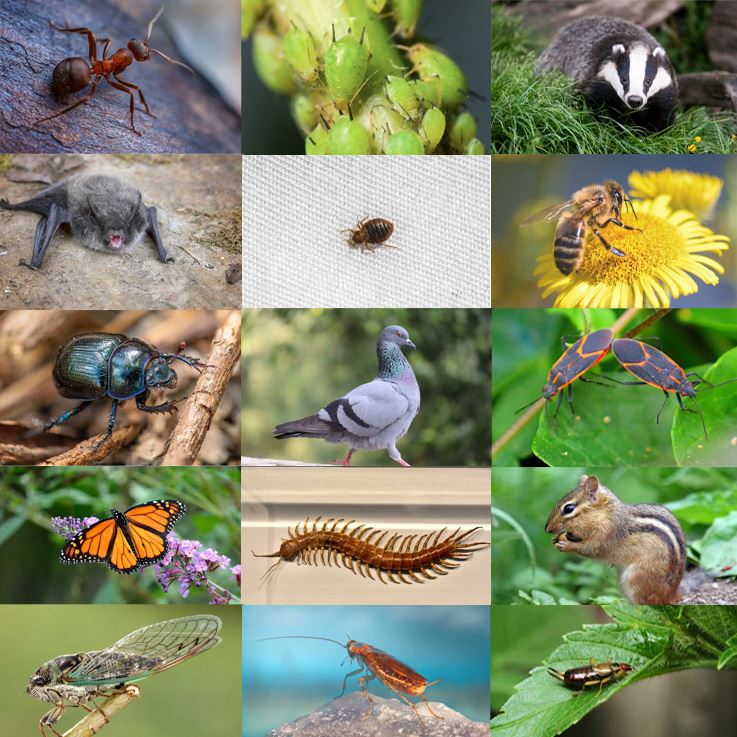
Funnel Web Spider Life Cycle
The life cycle of funnel-web spiders (Atrax and Hadronyche species) consists of four main stages: egg, spiderling, juvenile, and adult. These spiders, particularly the Sydney funnel-web spider (Atrax robustus), are known for their highly venomous bites and secretive burrowing habits. Here’s a detailed breakdown of their life cycle:
- Egg Stage: Female funnel-web spiders lay approximately 100 eggs in a silk sac within their burrow. The eggs are guarded by the female and kept in a protective silk retreat. Incubation lasts for about three weeks, after which the spiderlings hatch.
- Spiderling Stage: Newly hatched spiderlings stay inside the burrow for several months. They rely on the burrow’s protection until they are strong enough to venture out. Once ready, they disperse to find new territories, often traveling by walking rather than ballooning (unlike some other spider species).
- Juvenile Stage: Juveniles establish their own burrows or take over abandoned ones. They molt multiple times as they grow, shedding their exoskeleton to accommodate their increasing size. This stage lasts several years, depending on environmental conditions and food availability.
- Adult Stage: Males reach maturity in 4–5 years, after which they leave their burrows in search of mates. Female funnel-web spiders can live over 10 years, remaining in their burrows and rarely leaving. Males die shortly after mating, while females continue to reproduce over multiple years.
- Reproduction & Mating: Mating occurs when a male locates a female’s burrow and performs courtship behaviors. If successful, he deposits sperm into the female’s reproductive organs using his specialized pedipalps. After mating, the male usually dies within months, often due to exhaustion or predation.
- Lifespan & Survival: Males typically live only a few months after maturity due to their risky search for mates. Females, being more sedentary, can survive for over a decade, continuously producing egg sacs throughout their lives.
Funnel-web spiders are formidable predators, relying on their silk-lined burrows with tripwires to detect prey. They primarily feed on insects, small lizards, and even frogs. Their venom is highly toxic to humans, particularly from Atrax robustus, but they play an essential role in controlling pest populations in their ecosystems.

Hear From Our Happy Customers
-
"Great Communication"
Tech was on time, communication was great, and he accommodated my needs.
- Alonzo W. -
"Professional & Considerate"
I’m pleased with Miche services. Jarvis came today. Professional and considerate. Thank you!
- Judy B. -
"Exceeds Expectations"
I can’t say enough positive things about this company... The tech that came out, Jarvis went above and beyond my expectations. Thank you guys, I will continue using your services.
- Jake M. -
"Very Knowledgeable"
The tech that arrived was courteous, professional, and very knowledgeable. He was Great.
- Uerial I. -
"Fantastic & Patient"
Jarvis was fantastic and patient. He answered my questions with an in-depth explanation and addressed all of my areas of concern. Would love for him to be my assigned tech going forward. Well done!
- Yonnette M. -
"Wonderful Service"
Wonderful service. Jarvis is great. Took care of everything I needed. Thank you!
- Henry P.
